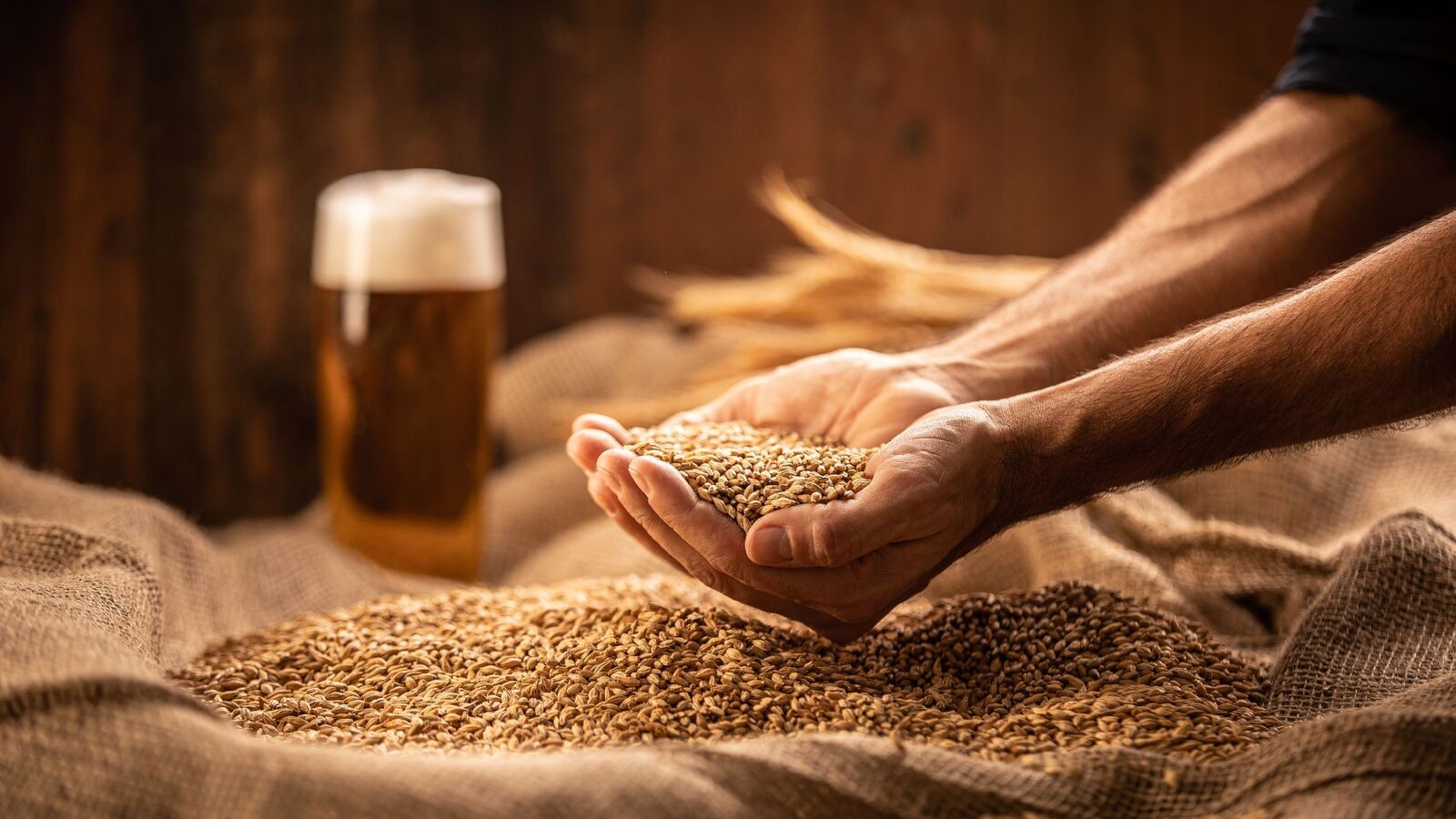
ML-L3DNDT
Robust and scalable Machine Learning algorithms for Laue 3-Dimensional Neutron Diffraction Tomography

Abstract
To understand the damage, deformation mechanisms and thermomechanical processes in polycrystalline metallic materials, it is essential to analyze the microstructural characteristics, such as grain size, grain morphology and crystallographic texture, non-destructively and in three dimensions. Thanks to their high penetration in metals, neutrons can be used to sample large volumes of up to 100 cm3. Neutron methods are therefore usually non-destructive, i.e., sectioning is not needed for accessing the properties deep in the bulk of the samples.
The Laue 3-dimensional neutron diffraction (Laue 3DND) method has been developed by the Applied Material Group at PSI, the Technical University of Copenhagen, and the Nuclear Physics Institute in the Czech Republic. Several experiments have been carried out and a large volume of data has been collected from various samples corresponding to different use-cases in materials science. The developed analysis algorithm has demonstrated the ability to reconstruct the grain orientation and grain morphology of materials with grain sizes in the order of 1 mm. However, the technique is reaching its limits for materials with small grain sizes, where the algorithm could only match a small fraction of the diffraction spots, such that only 5 to 10% of the grains could be indexed.
In this project, we leverage recent advances in machine learning and signal processing techniques to build a new generation of 3D polycrystalline microstructure reconstruction algorithms for Laue 3DND data. This will allow to better exploit the information contained in the diffraction data, characterize smaller grains, and enable rapid time-to-solution.
People
Collaborators


Tomasz was a valuable member of the SDSC Research team at PSI. Tomasz has obtained a MSc in Machine Learning from University College London, and then a PhD in Physics and Astronomy from the same university. Then he moved to ETH Zurich Cosmology group, where he worked on data science problems in measurement of cosmological parameters using large telescope surveys. He was a PI of "Deep Learning for Observational Cosmology", an SDSC project in the first call for proposals. He worked extensively on introducing deep learning and generative machine learning methods in cosmology.


Guillaume Obozinski graduated with a PhD in Statistics from UC Berkeley in 2009. He did his postdoc and held until 2012 a researcher position in the Willow and Sierra teams at INRIA and Ecole Normale Supérieure in Paris. He was then Research Faculty at Ecole des Ponts ParisTech until 2018. Guillaume has broad interests in statistics and machine learning and worked over time on sparse modeling, optimization for large scale learning, graphical models, relational learning and semantic embeddings, with applications in various domains from computational biology to computer vision.


Benjamín Béjar received a PhD in Electrical Engineering from Universidad Politécnica de Madrid in 2012. He served as a postdoctoral fellow at École Polytechnique Fédérale de Lausanne until 2017, and then he moved to Johns Hopkins University where he held a Research Faculty position until Dec. 2019. His research interests lie at the intersection of signal processing and machine learning methods, and he has worked on topics such as sparse signal recovery, time-series analysis, and computer vision methods with special emphasis on biomedical applications. Since 2021, Benjamin leads the SDSC office at the Paul Scherrer Institute in Villigen.
PI | Partners:
PSI, Laboratory for Neutron Scattering and Imaging:
- Dr. Efthymios Polatidis
- Dr. Stavros Samothrakitis
- Dr. Camilla Larsen
- Prof. Markus Strobl
description
Motivation
Laue 3D Neutron Diffraction Tomography (Laue3DNDT) is an important technique for analysis of various types of polycrystalline samples, with applications in multiple disciplines, such as material science and biology. A schematic example of the experimental setup is shown in Figure 1. As opposed to other 3D tomography techniques, the beam used in scanning process has a wide bandwidth, which leads to the recording of overlapping diffraction patterns from multiple wavelengths. This significantly accelerates the measurement process, but poses a particularly difficult data science challenge. Video 1 shows example data from a Laue3DNDT experiment. The current methods for indexing of Laue tomographic data indexing are computationally slow, and suffer from low precision. A fast and precise method will enable rapid analysis, as well as successful indexing of more complicated samples. There are three goals of the project: (i) accelerate the grain indexing process, (ii) increase the number of grains that can be indexed efficiently , (iii) increase the quality of the reconstruction.
Proposed Approach / Solution
We used modern machine learning and inverse problems tools to achieve these goals. The core of the method is based on Optimal Transport (OT), which is used to find model-to-detected spot assignments, as well as finding prototype grains in the optimization process. We created the LaueOT method (Laue Indexing with Optimal Transport), which is optimized to work on large-memory GPUs, enabling indexing of samples with thousands of grains in half an hour. We showed its performance on both simulated and measured experimental data. A video demonstration of the LaueOT algorithm is shown in Video 2. The method outperforms the current state-of-the are in both computation speed (100x) and precision (the maximum number of correctly indexed grains is 5x). This is currently the fastest and most precise Laue solver available.
Impact
The LaueOT method for tomography indexing enables the neutron scans to map the samples with greatly improved spatial resolution. Moreover, as the wide-beam scanning technique requires less experimental time, the efficient and precise data analysis makes the Laue 3D neutron diffraction tomography a very competitive technique for material structure analysis.

Video 1: Images recorded by the FALCON detectors during the Laue3DNDT experiment. The movie shows the diffraction patterns as the sample is rotated. The data comes from an experiment performed at the POLDI facility at PSI on an Iron Nickel Manganese alloy sample. Images at two detectors are shown, corresponding to two diffraction modes: backscatter and transmission.
Video 2: The optimization process for a simple simulated example with two grains. The real samples have around 1000 grains, with their patterns overlapping. The algorithm uses an iterative procedure, with alternating steps between computing the spot-to-spot assignments (grey lines) and updating the parameters of each grain (position and rotation, shown by changes in the model spots).
Presentation
Gallery
Annexe
Additional resources
Bibliography
- Raventós, M., Tovar, M., Medarde, M., Shang, T., Strobl, M., Samothrakitis, S., ... & Schmidt, S. (2019). Laue three dimensional neutron diffraction. Scientific reports, 9(1), 4798.
- Samothrakitis, S., Raventós, M., Čapek, J., Larsen, C. B., Grünzweig, C., Tovar, M., ... & Strobl, M. (2020). Grain morphology reconstruction of crystalline materials from Laue three-dimensional neutron diffraction tomography. Scientific reports, 10(1), 3724.
- Morawiec, A. (2022). Indexing of Crystal Diffraction Patterns. From Crystallography Basics to Methods of Automatic Indexing. Cham: Springer.
- Samothrakitis, S., Larsen, C. B., Čapek, J., Polatidis, E., Raventós, M., Tovar, M., ... & Strobl, M. (2022). Microstructural characterization through grain orientation mapping with Laue three-dimensional neutron diffraction tomography. Materials Today Advances, 15, 100258.
- Peyré, G., & Cuturi, M. (2019). Computational optimal transport: With applications to data science. Foundations and Trends in Machine Learning, 11(5-6), 355-607.
Publications
More projects
OneDoc 'Ask Doki'
SFOE Energy Dashboard
Enhancing resource efficiency
News
Latest news


Data Science & AI Briefing Series for Executives
Data Science & AI Briefing Series for Executives


PAIRED-HYDRO | Increasing the Lifespan of Hydropower Turbines with Machine Learning
PAIRED-HYDRO | Increasing the Lifespan of Hydropower Turbines with Machine Learning


First National Calls: 50 selected projects to start in 2025
First National Calls: 50 selected projects to start in 2025
Contact us
Let’s talk Data Science
Do you need our services or expertise?
Contact us for your next Data Science project!




